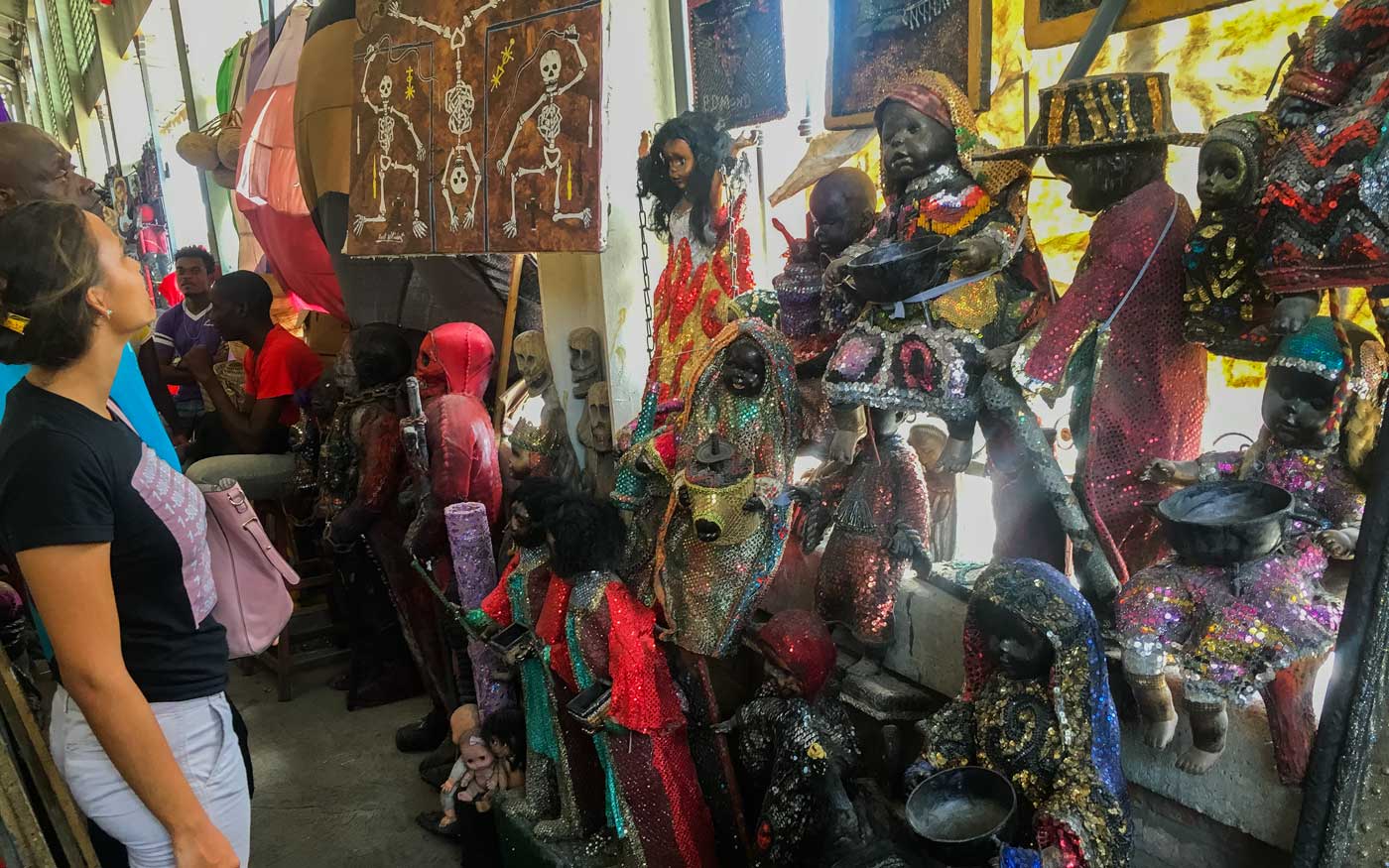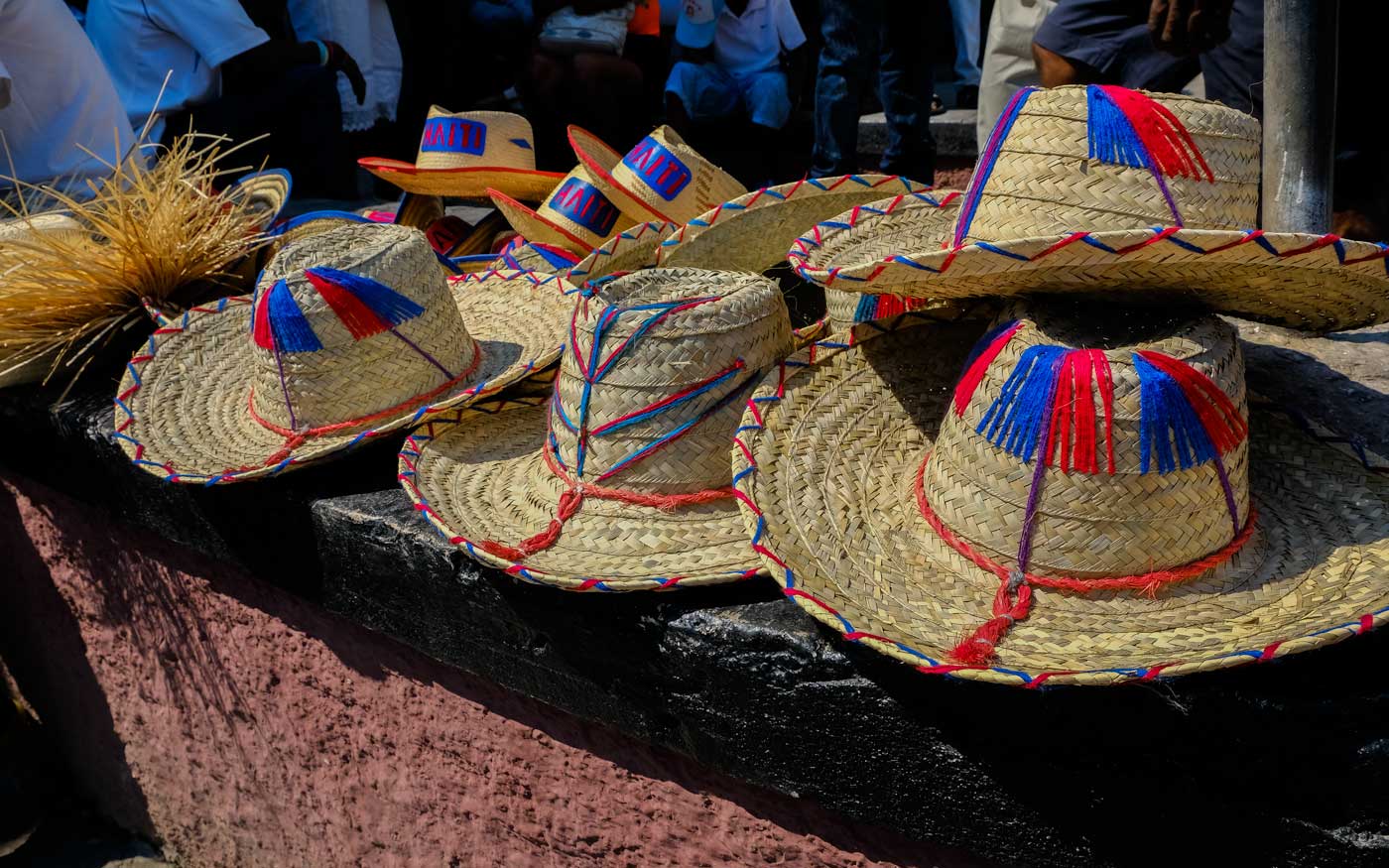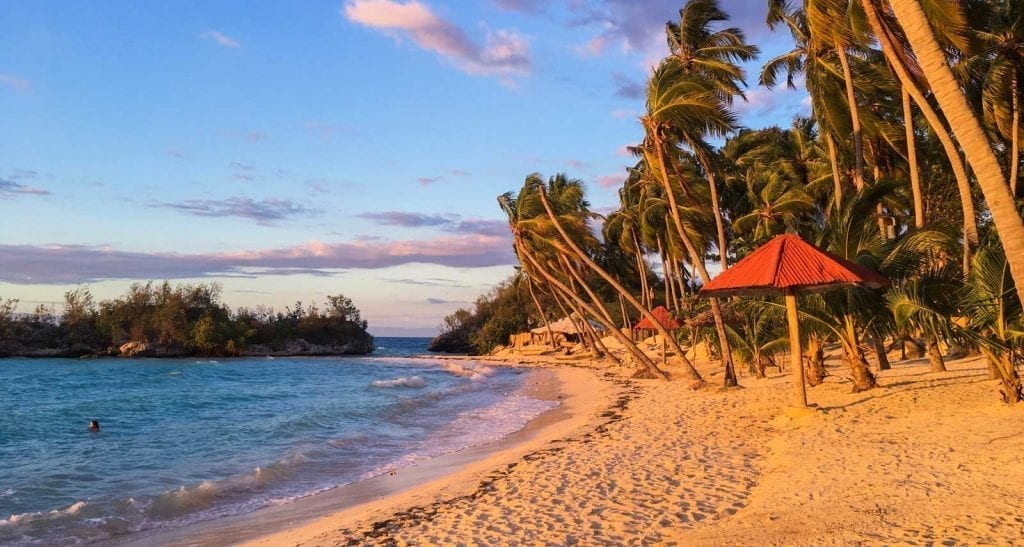Destinations
The Iron Market
Iron market, Port-au-Prince, Haiti
Photo: Anton Lau
An architectural marvel with acres of market stalls, this is one of the top attractions in Port-au-Prince.
Share
Thronging most street corners of Port-au-Prince, you’ll find local marché stall-holders selling fresh produce of all kinds - barrels and baskets piled high with brightly-coloured fresh fruit, unrecognisable vegetables, grains, mushrooms and mountains of raw spices.
Marché de Fer - that's the Iron Market in French - is the largest, most diverse, chaotic and exciting - and most worthy of a visit.
Step inside the Iron Market
Towering over the entrance to the market, a Victorian-era railway station clock hints at the market building’s origins. Inside, the surviving 20,000+ square foot hall houses a sea of goods sourced from all over Haiti, laid out in row after row of wooden trestle tables. A small army of merchants arrive early every morning to set up their wares.
As a tourist here, expect to be bombarded by vendors, vying persistently and sometimes aggressively for your attention. It's a good idea to go with someone who speaks Haitian creole, but don't be too quick to accept the help of "guides" who might flock to you when you arrive. And remember to take precautions against pickpockets - this is a very crowded place. An intense experience for some, travellers who are not easily intimidated or swindled will find the Iron Market an exciting glimpse into local customs and commerce.
You’ll be invited to market stalls with calls of "Kouman ou ye, bel madanm bel mesye?" - "How are you, young woman, young man?" - or "Jouenn sa or vle bel moun!" - "this is what people want!" - but what’s for sale?
Fruit, vegetables and spices. You’ll find a lush variety: mangoes, pineapple, soursop, figs, oranges, melons, papayas, cherries and more, including exotic seasonal fruits you won't be able to taste anywhere else in the world. Hispaniolan staple vegetables like carrot, cabbage, eggplant and legumes, plus delicacies like mirliton, djon djon mushrooms and much more, most of it fresh from the countryside. The “West Indies” spices that made Haiti famous around the time the market was first built are still here: absinthe, allspice, anise, ginger, cloves, nutmeg, bergamot, cinnamon, garlic and paprika, scallion and cayenne pepper.
Throughout the market you’ll find vendors with juicing machines set up to make you a fresh juice on the spot using any of the ingredients you choose. You’ll find other street food vendors here too: chatting over bubbling cauldrons of stew, flipping fried plantains or folding pastries for a line of visitors and vendors alike, all happily bantering while waiting for their lunch.
Beyond this, you’ll find vendors selling spices, fabric, clothing, beauty products and a wealth of Haitian handicrafts. Many of the art and craft stalls are run by the artists themselves, who you can watch bent over their work while you browse souvenirs.

Vodou section at the Iron Market, Port-au-Prince
Photo: Anton Lau
An architectural marvel with a surprising history
Built as a train station with two soaring iron halls from which it gets its name, the magnificent Victorian architecture - with a distinct Caribbean twist - makes a trip to the market worthwhile all by itself. You’ll find a sneak preview on the back of any 1000 HTG note.
The original structure was fabricated in Paris, France, destined for a railway station in Cairo, Egypt. When plans to erect the train station in Cairo evaporated, Haitian president Florvil Hyppolite purchased it and had it brought to Haiti in 1891.
Designated nationally as a “historical heritage”, the site has undergone its fair share of turbulence. A fire gutted the site in 2008, and less than two years later the 2010 earthquake destroyed the buildings completely. Since then, the market has been rebuilt from the ground up, a near-perfect replica making use of bricks salvaged from the wreck of the earthquake, and, as a finishing touch, employing the same French tiling company that provided the original roof tiles back in 1890. The remade market was officially reopened in 2011 by Bill Clinton, former president of the United States.
Tragically, another fire tore through the site early in 2018, destroying one of the two halls, but the second hall remains as busy as ever, thronging with Haitians determined to build back their livelihoods and shoppers for whom Marche en Fer is as much the national hub of market trade as ever.
Don't miss
Haggling: The ritual of haggling is obligatory. If you want a bargain, learn how to haggle before you arrive. Even if you’re not fussed on final price, participating in the ritual is important and respectful, so why not make an effort?
A visit to the Vodou section: don’t miss the special section of the market devoted to Haitian Vodou.
Picking up a souvenir: the Iron Market is one of the best places in Haiti to buy souvenirs. Here, you browse a huge variety of handicrafts from all over the country, all in one place.

Straw hats on display at the Iron Market, Port-au-Prince
Photo: Anton Lau
Getting there
Also known as the Marché Hyppolite, Marché Vallières and Marché en Fer (that’s en Fer rather than de Fer), Marché en Fer lies west of the Bel Air district of Port-au-Prince, about half a mile north of Champ de Mars, not too far north of the Pacot district, a favorite with tourists visiting Haiti.
If you’re using Google Maps to get here, look for “Iron Market” rather than any of the alternative names.
Find the Iron Market
External Links
Categories
Tags
Share
Find the Iron Market
External Links
Categories
Tags
Share
The best Haitian getaways for a long weekend
Beach at Port Salut
Photo: Verdy Verna
Things to do in Port-au-Prince
Where to find great coffee in Haiti
Where do you find great coffee in Haiti? We’ve rounded
Port-au-Prince City Guide
Just a two-hour flight from Miami, Port-au-Prince is the capital
Where to go dancing in Port-au-Prince
With the sun sinking into the horizon over Bay du
Hike to Historic Fort Jacques
High in the dense mountains just outside Port-au-Prince, you'll find
The Museum of the Haitian National Pantheon
Get up close to artefacts from a Colombus ship, slave
Ciné Triomphe and Rex Théâtre
Ciné Triomphe and Rex Theatre are Haiti’s two major theaters,
Subscribe to our newsletter
Get more travel inspiration, tips and exclusive offers sent straight to your inbox

